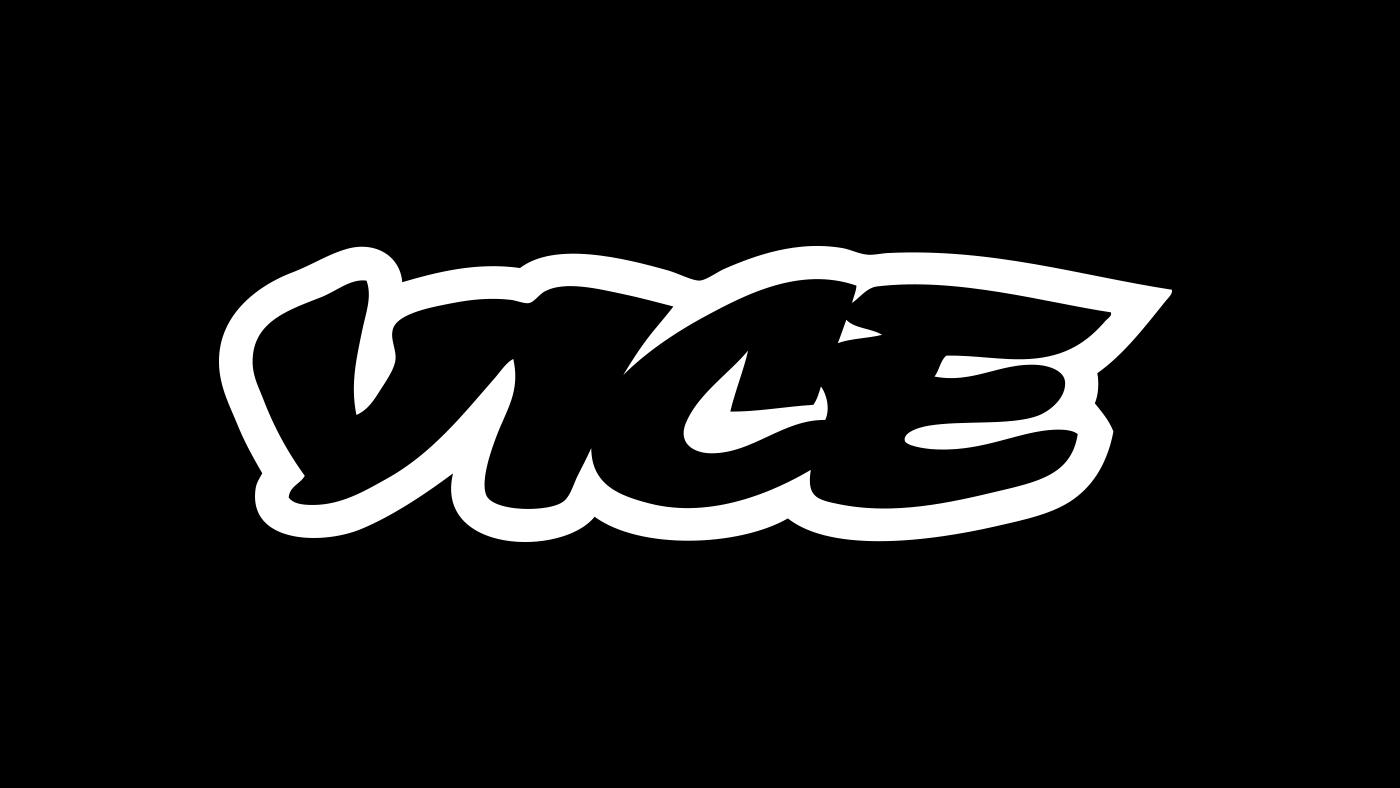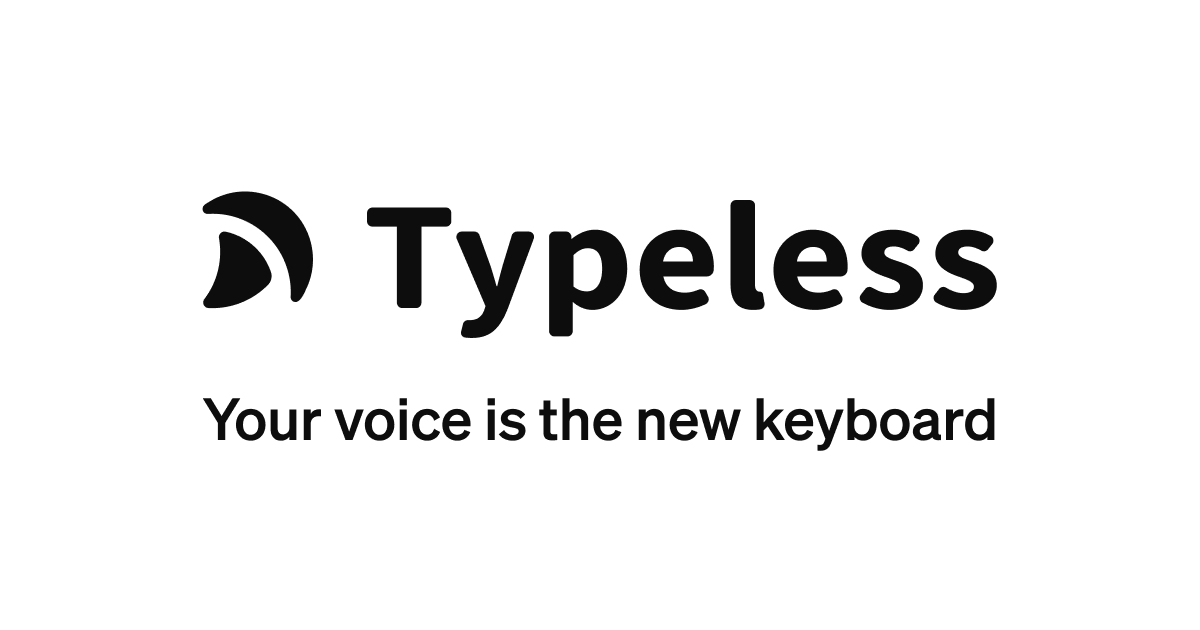
I'm a scrappy startup and I care about all our customers' usecases
I was a big fan of the original Chromecast. The UX was simple: install the thing, get it on your Wifi, and then just send stuff to it from your phone. The end. No remote. No account. Barely even any security! It didn’t do anything other than be a destination for whatever content I want to see on my TV.
I recently bought whatever Google is calling the latest generation of Chromecast and it involves a whole account setup, it has a remote, collects a bunch of data about me (which it probably can get based on what I cast and my IP anyways), and, basically, it’s just a TV. It’s still an HDMI dongle, but it’s basically a TV. I hated every second of it.
I get it. Not everyone just wants to use their phone to send content. Some part of the market Google wants to get into are more used to the TV UX, so Google is providing it.
The approach they’ve taken is just to force users into this account flow. In doing that, they’ve left users like myself, who genuinely find the account-less flow superior, without an option. It’s not just Chromecast that is like this, the big tech companies tend to force whatever workflow they want on us. AI features is the latest and most obvious. Pretty much every big tech product I’ve used lately is trying to force an AI feature on me. Even WhatsApp, the entire point of WhatsApp being private communication, has some AI functionality that I do not want and cannot get rid of. Or Gmail has been adding some auto-complete functionality that is non-obvious how to turn off. I used to be a big Mac OS X user because it provided both a novice-friendly interface but let advanced users be advanced users, it’s just a Unix underneath, but left because Apple became, IMO, more and more hostile towards advanced users.












